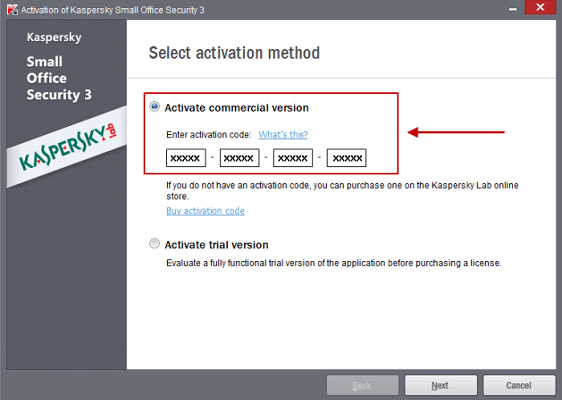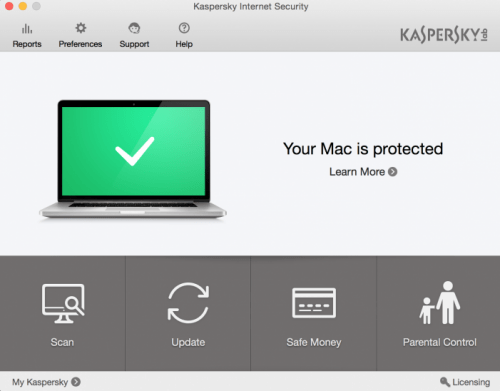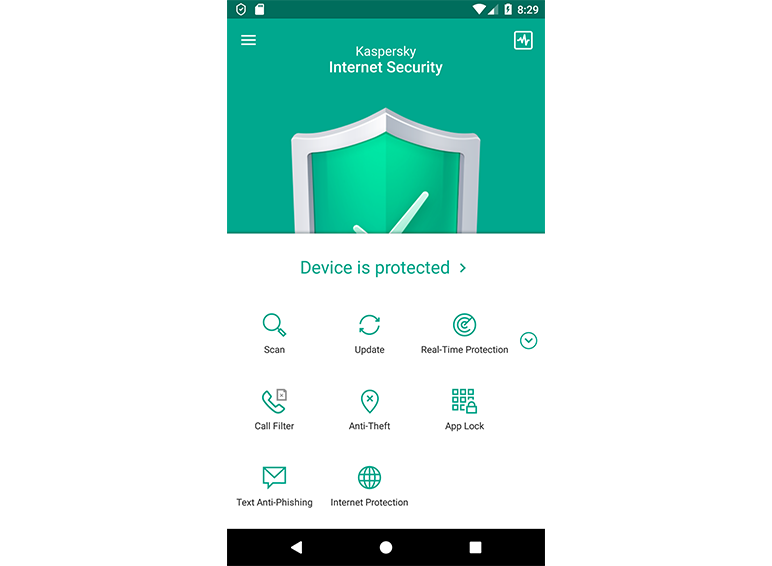MDM (mobile device management) is a set of solutions and technologies for the centralized management of smartphones, tablets, laptops, and other mobile devices used for work purposes. MDM is applied to both corporate mobile devices and the personal devices of company employees with access to corporate data.


MDM history
The need for MDM arose as a result of the ever-growing use of mobile devices for work-related tasks. The first MDM solutions appeared back in the early 2000s. The prevalence of BlackBerry and iPhone smartphones subsequently gave rise to the trend of companies implementing bring your own device (BYOD) policies, under which employees are allowed to use personal devices at work. That made having centralized MDMs even more important, in turn accelerating the development of MDM technologies.
Download Kaspersky Total Security (2020) 30-days free trial and get a best protection for all your devices from any cyber threat. Select the device you would like to protect from viruses and malware and choose from a variety of free Kaspersky security tools. Stay protected and download your free malware protection tools today. Our advanced security guards against viruses, webcam spies, fraud & more. Get your FREE trial. Free Protection for Your Mac.
MDM features
An MDM solution typically consists of a server part and a client part. The client part is installed directly on the device and interacts with the server side over a secure channel.
- Our FREE security tools and more can help you check all is as it should be on your PC, Mac or mobile device. Discover more about who we are how we work and why we’re so committed to making the online & mobile world safer for everyone. Get Your Free Trial.
- Download Kaspersky Security Cloud Free antivirus software for PC, Android, and iOS and protect yourself against viruses, ransomware, spyware, phishing, Trojans, & dangerous websites. Get 100% free powerful virus protection for all your devices!
Using an MDM solution, an administrator can do the following:
- Install, update, and delete applications and certificates on remote mobile devices;
- Restrict the use of third-party applications on devices;
- Track device location;
- Remotely configure devices in accordance with the company’s security policies;
- Prohibit certain actions on devices, such as uploading documents to cloud storage;
- Encrypt data on devices;
- Remotely block devices;
- Delete confidential data if a device is lost.
MDM tasks
Centralized MDM allows companies to:
Kaspersky For Mac Download
- Equally and reliably protect all endpoints in a company, as well as use mobile devices to perform threat hunting;
- Provide employees with secure access to corporate services and resources from anywhere;
- Control the use of corporate data and manage access to insecure services and resources;
- Remotely update devices OTA, and provide technical support to employees.
MDM cross-platforming


Most MDM solutions cater to the management of devices from different manufacturers, but some MDM systems focus on a limited set of devices. For example, Apple’s Configurator is suitable only for controlling smartphones running iOS, tablets with iPadOS, and smart TVs with tvOS.
Related Posts
Moving security beyond the generational divide
Telecommuting and security
Personal devices at work
Pig in a poke: smartphone adware
Cookiethief: a cookie-stealing Trojan for Android
Smartphone shopaholic
OPSEC (short for Operations Security) is the process of identifying and protecting critical information.
OPSEC principles were originally designed by the US military to prevent leakage of heterogeneous data chunks, which could give away a bigger piece of secret information when combined. Today, these principles are used both by infosec professionals to reduce the risk of confidential information being leaked and by cybercriminals to avoid detection.
Five steps of OPSEC
Kaspersky Internet Security For Mac
Operations security is typically divided into five steps that must be iterated on a regular basis:
Kaspersky Download
- Identification of critical information. Identify which information an adversary may be interested in and which information may do the most damage to the organization if leaked.
- Analysis of threats. The team then predicts who may be interested in stealing the critical information identified in step one: cybercriminals, competitors, or even employees.
- Analysis of vulnerabilities. In this next step, the list of previously identified threats is used for identifying vulnerabilities that may cause information leaks as a result of the threats being delivered on.
- Assessment of risk. After identifying vulnerabilities, infosec professionals assess the probability of each of these causing leakage of critical information and how great the damage would be. The vulnerabilities are then ranked in order of severity based on that assessment. This helps with understanding which must be eliminated first.
- Design and application of countermeasures. At this final step, the organization’s security officers design a plan for eliminating threats and mitigating data leakage risks. This may include installation of new infosec products, development of security policies, updating of employee manuals, and so forth. The measures thus planned are then implemented.
Related Posts
Kaspersky For Mac Free Trial
Never trust, always verify: The Zero Trust security model
New features in iOS 8 in light of BYOD and corporate security
What Ferrari team has to know about security
Life of Maze ransomware
Incident Response Analyst Report 2019
IT threat evolution Q1 2020

